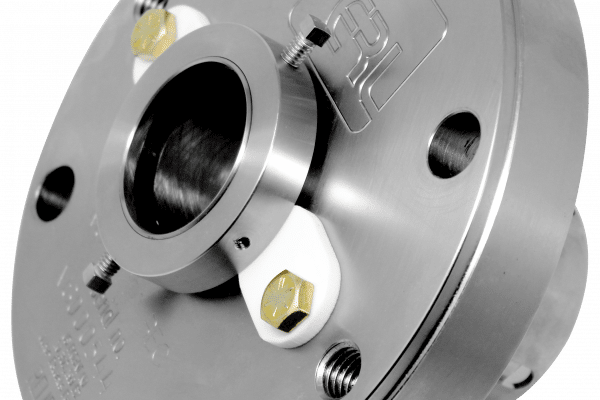More and more ERL Inc. is hearing from our customers about issues related to liquid cargo vapor emissions from the Hatches on their tank barges. In many cases these operators are not allowed to discharge their cargo due to excess vapor emissions. Docks and terminals are now employing technology that allows for the detection ofRead More >
Mechanical Seals
Your Mechanical Seal Pump Guide to Seal Types
In 2021, analysts valued the global barge transportation market at $147.5 billion. Barge transportation is a critical element of international supply chains. Every hour a barge is delayed due to mechanical failure, industries hemorrhage revenue. Sometimes these losses total into the millions. The ripple effect of those failures is felt the world over—sometimes for years afterRead More >
What Are Mechanical Seals?
Did you know that mechanical seals have been in existence for more than 100 years? George J. Cook created the mechanical seal in 1923 under Patent #1545080. A mechanical seal is a piece of equipment that provides a seal on rotating equipment at a shaft’s entry or exit point. It’s typically used to help stop the leakage of one high-pressureRead More >








